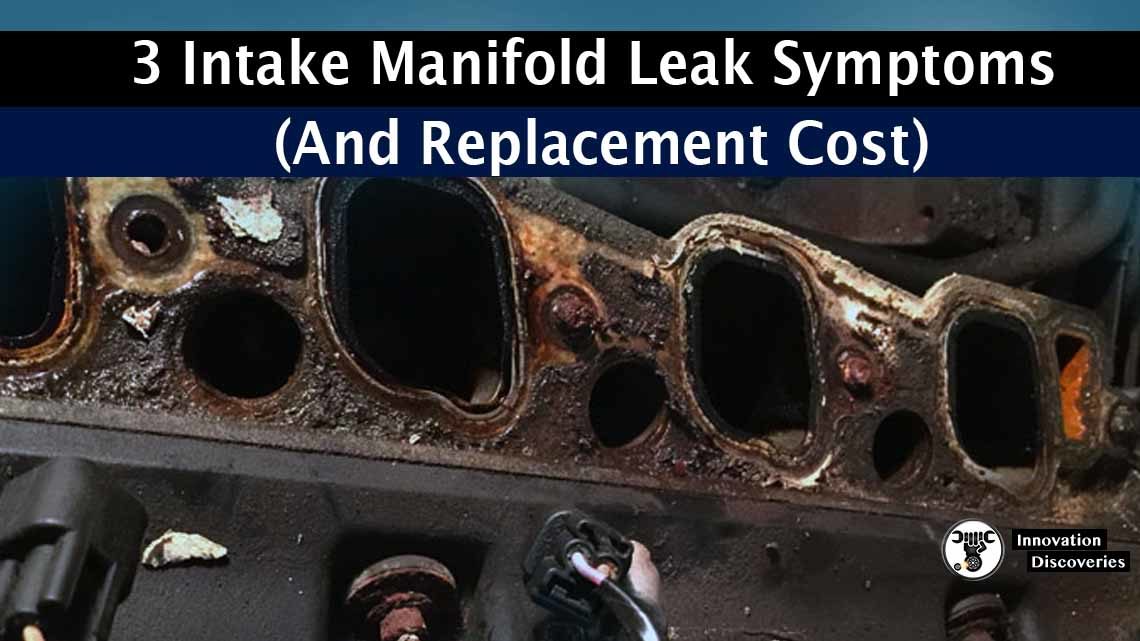
Introduction
The intake manifold gasket plays a vital role in the functioning of an engine. It seals the gap between the intake manifold and the engine block, ensuring proper distribution of air and fuel mixture to the cylinders.
However, over time, the intake manifold gasket may develop leaks, leading to various issues. In this article, we will explore the top three symptoms of an intake manifold gasket leak and discuss the replacement cost associated with this repair.
What is an Intake Manifold Gasket?
An intake manifold gasket is a crucial component in an internal combustion engine. It is a sealing material placed between the intake manifold and the engine block or cylinder head.
The primary function of the intake manifold gasket is to create an airtight seal, preventing air, fuel, and coolant leaks between these two components.
The intake manifold gasket serves several important purposes:
- Sealing the Intake Manifold: The intake manifold is responsible for distributing the air-fuel mixture from the carburetor or fuel injectors to the engine’s cylinders. The intake manifold gasket seals the junction between the intake manifold and the engine block or cylinder head, ensuring that the mixture flows only into the designated intake ports.
- Separating Coolant and Oil Passages: In some engines, the intake manifold is designed to transfer coolant to help regulate the temperature of the incoming air-fuel mixture. The gasket includes passages to allow the coolant to flow through specific channels within the intake manifold. It also prevents coolant from mixing with oil passages or leaking into the combustion chamber.
- Maintaining Cylinder Pressure: The intake manifold gasket helps maintain proper compression in the cylinders. It prevents any air leaks between the intake manifold and the engine block or cylinder head, ensuring that the air-fuel mixture is delivered accurately to each cylinder during the intake stroke.
- Isolating Components: The gasket acts as a barrier, separating the intake manifold from other engine components, such as the coolant passages, oil passages, and the engine’s exterior. This helps to prevent any cross-contamination or leakage between these areas.
Intake manifold gaskets are typically made from durable materials that can withstand the high temperatures, pressure, and chemical exposure experienced in the engine.
Common gasket materials include rubber, cork, paper, metal, or a combination of these materials, depending on the specific engine design and requirements.
Due to the critical role they play in maintaining the engine’s performance and efficiency, it is essential to ensure that the intake manifold gasket is in good condition and free from leaks.
Over time, the gasket can deteriorate, develop cracks, or fail, leading to various issues such as coolant leaks, engine overheating, or air-fuel mixture imbalances.
Regular maintenance and inspections can help detect any gasket problems early and prevent more significant engine damage.
Top 3 Symptoms of Intake Manifold Gasket Leak
#1 – Engine Coolant Leak
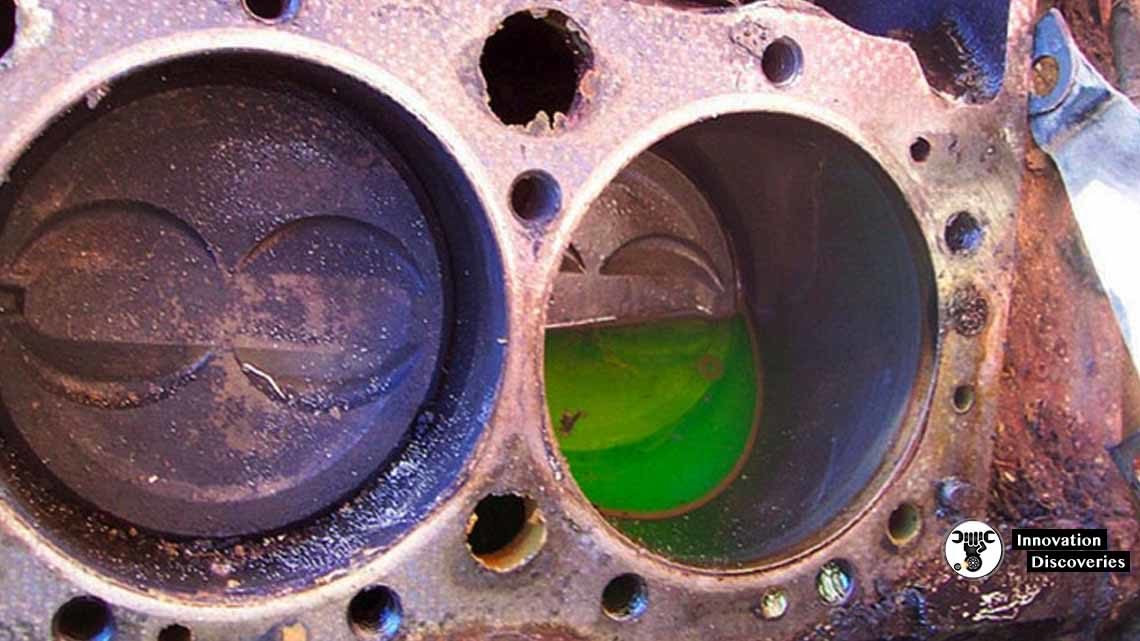
One of the primary symptoms of an intake manifold gasket leak is an engine coolant leak. The gasket is responsible for sealing the coolant passages, and when it fails, coolant can escape and seep into other parts of the engine.
You may notice coolant pooling under the vehicle or see signs of coolant mixing with engine oil, resulting in a milky appearance. Engine overheating is also a common consequence of coolant loss, which brings us to the next symptom.
#2 – Overheated Engine
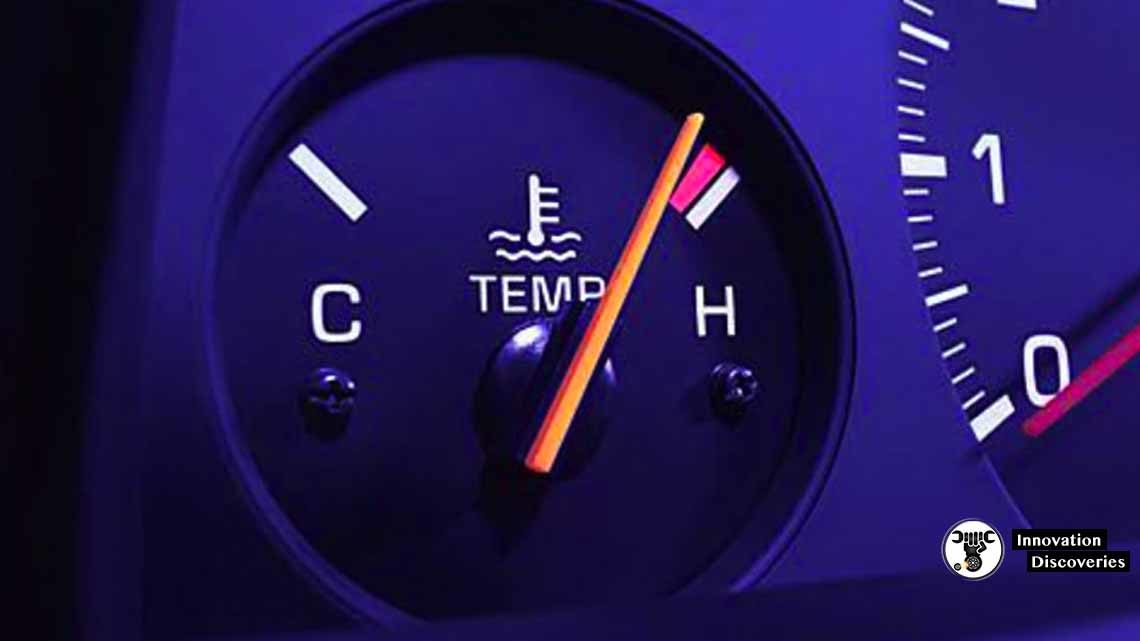
When the intake manifold gasket develops a leak, it can disrupt the proper flow of coolant through the engine. As a result, the engine may overheat, causing potential damage to various components.
Overheating can lead to warped cylinder heads, blown head gaskets, or even engine failure if left unaddressed. Therefore, it is crucial to address any cooling system issues promptly to prevent further damage.
#3 – Air Fuel Mixture Ratio is going to be Affected
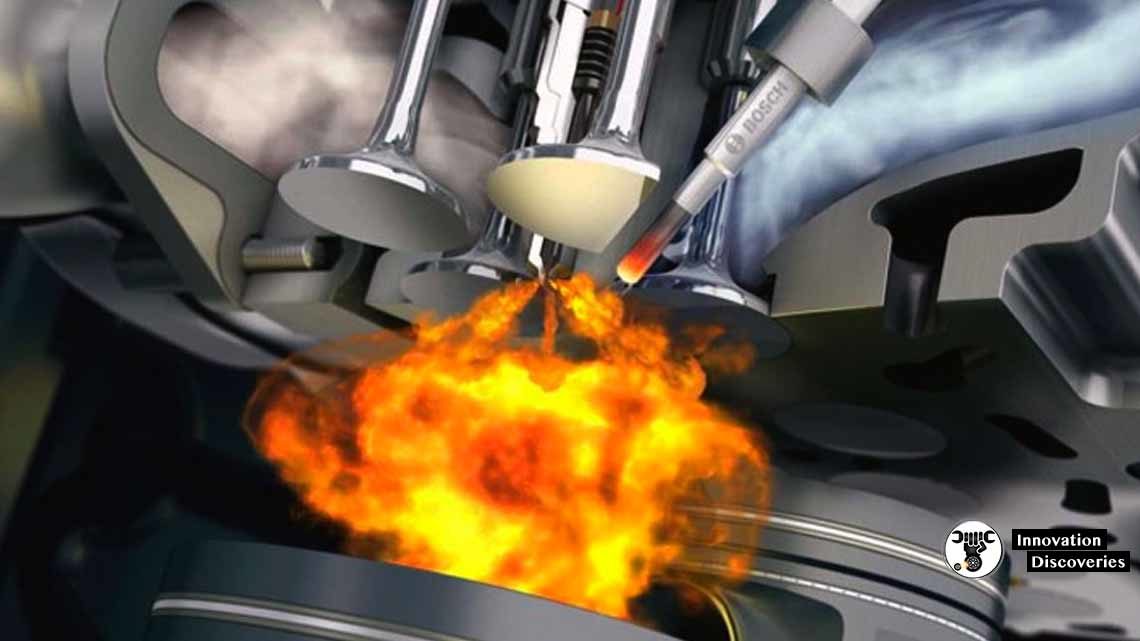
The intake manifold gasket is responsible for maintaining the proper balance of air and fuel mixture entering the cylinders. If it develops a leak, unmetered air can enter the intake manifold, disrupting the ideal air-fuel ratio.
This can result in a variety of engine performance issues, such as rough idling, misfires, decreased power, and reduced fuel efficiency. Monitoring changes in engine performance can help detect potential intake manifold gasket leaks.
Intake Manifold Gasket Replacement Cost
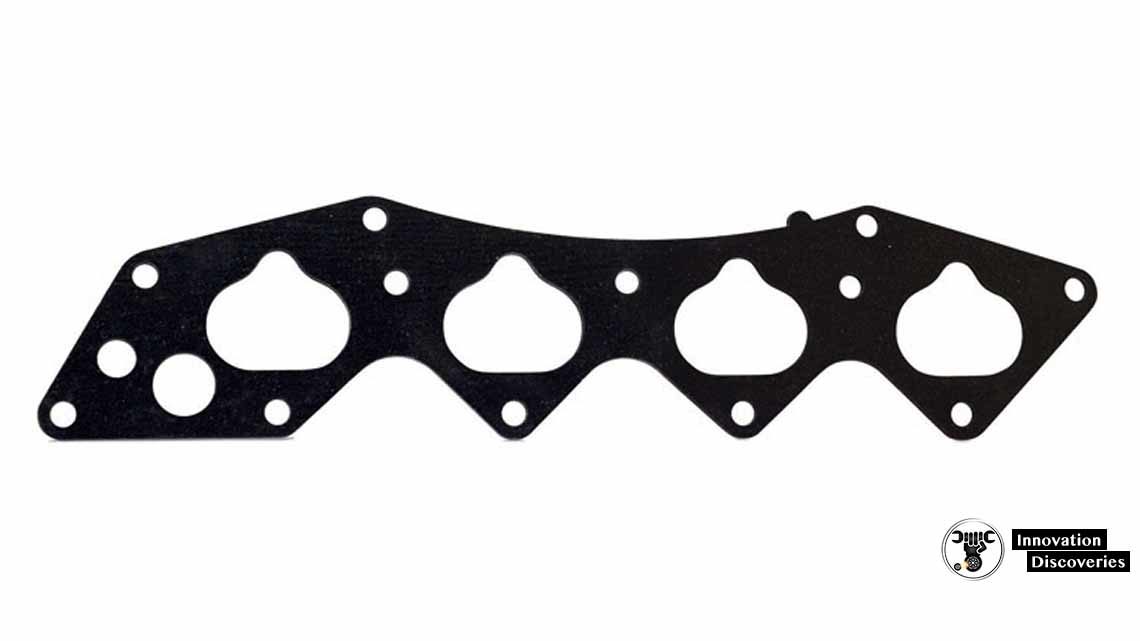
The cost of replacing an intake manifold gasket can vary depending on several factors, including the make and model of the vehicle, labor costs in your area, and whether additional repairs are needed.
On average, the replacement cost can range from $300 to $800, including parts and labor.
It is recommended to consult with a qualified mechanic or service center to get an accurate estimate for your specific vehicle.
Troubleshooting an Intake Manifold Leak
If you suspect an intake manifold gasket leak, it is essential to troubleshoot the issue promptly. Two common tests can help identify the source of the problem: coolant leak testing and air leak testing.
Coolant Leak Testing
This involves pressurizing the cooling system and inspecting for any leaks. A pressure tester is used to apply pressure to the system, and the mechanic will look for any signs of coolant leakage, such as dripping or pooling.
Here’s a step-by-step overview of the process:
- Preparation: Ensure that the engine is cool and the vehicle is parked on a level surface. Open the hood and locate the coolant reservoir or radiator cap, depending on your vehicle’s design.
- Pressure Testing: A pressure tester is connected to the radiator or coolant reservoir. This tool pressurizes the cooling system to a predetermined pressure level, simulating the operating conditions of the engine.
- Visual Inspection: Once the system is pressurized, carefully inspect the engine compartment, radiator, hoses, water pump, and the intake manifold area for any signs of coolant leakage. Look for dripping coolant, stains, or traces of dried coolant.
- Pressure Drop Test: After visually inspecting for leaks, monitor the pressure gauge on the tester for a period of time, usually 15 to 30 minutes. If the pressure drops significantly during this time, it indicates a coolant leak. A pressure drop suggests that the coolant is escaping from the system through a leak, possibly caused by a faulty intake manifold gasket.
- Additional Checks: In some cases, a mechanic may use a UV dye or a coolant leak detection kit to help identify smaller leaks that are not immediately visible. These substances are added to the coolant, and a UV light or special glasses are used to detect any fluorescent traces of the dye, pinpointing the location of the leak.
Air Leak Testing
To detect air leaks, a mechanic may use a smoke machine or a special aerosol spray that reveals the presence of leaks.
By introducing smoke or the spray into the intake system, any leaks in the intake manifold gasket or other components can be identified.
Here’s a general outline of the process:
- Visual Inspection: The mechanic will visually inspect the intake system, checking for loose or damaged hoses, connections, or components that may indicate potential air leaks.
- Smoke Testing: A smoke machine is used to introduce a controlled amount of smoke into the intake system. The smoke machine emits a non-toxic, harmless smoke that helps visualize any leaks. The mechanic will look for smoke escaping from areas such as the intake manifold gasket, throttle body, vacuum lines, or other connections.
- Aerosol Spray Testing: Alternatively, an aerosol spray designed specifically for detecting air leaks can be used. The spray is applied to potential leak points, and if there is a leak, the spray will create bubbles or foam, indicating the presence of air leakage.
- Diagnostic Tools: In some cases, the mechanic may utilize diagnostic tools, such as a vacuum gauge or a handheld scanner, to measure vacuum levels or monitor sensor readings. Deviations from normal values can indicate an air leak in the intake system.
By performing both coolant leak testing and air leak testing, mechanics can accurately diagnose whether the intake manifold gasket is the source of the problem or if there are other issues causing similar symptoms.
These tests enable them to determine the appropriate repairs needed to address the intake manifold leak and ensure the proper functioning of the engine.
Read more:
Conclusion
An intake manifold gasket leak can lead to significant engine issues if not addressed in a timely manner.
By being aware of the top symptoms, such as engine coolant leaks, engine overheating, and changes in the air-fuel mixture ratio, vehicle owners can catch the problem early and prevent further damage.
Remember to consult with a professional mechanic for accurate diagnosis and repair of intake manifold gasket leaks.


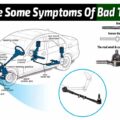

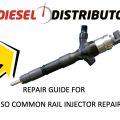
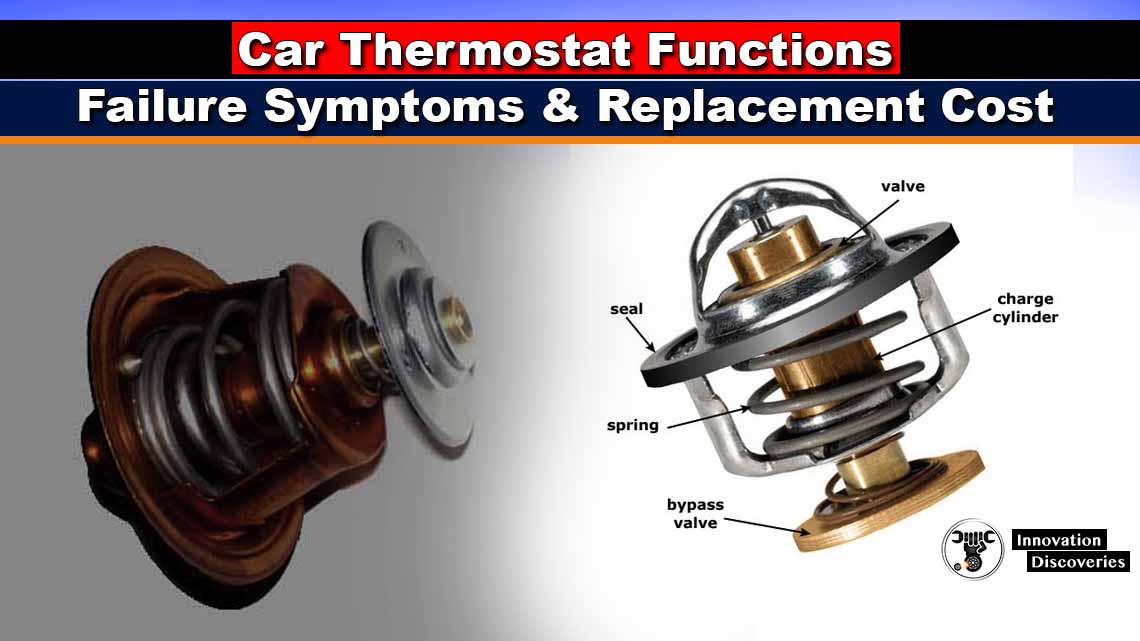
5 Comments